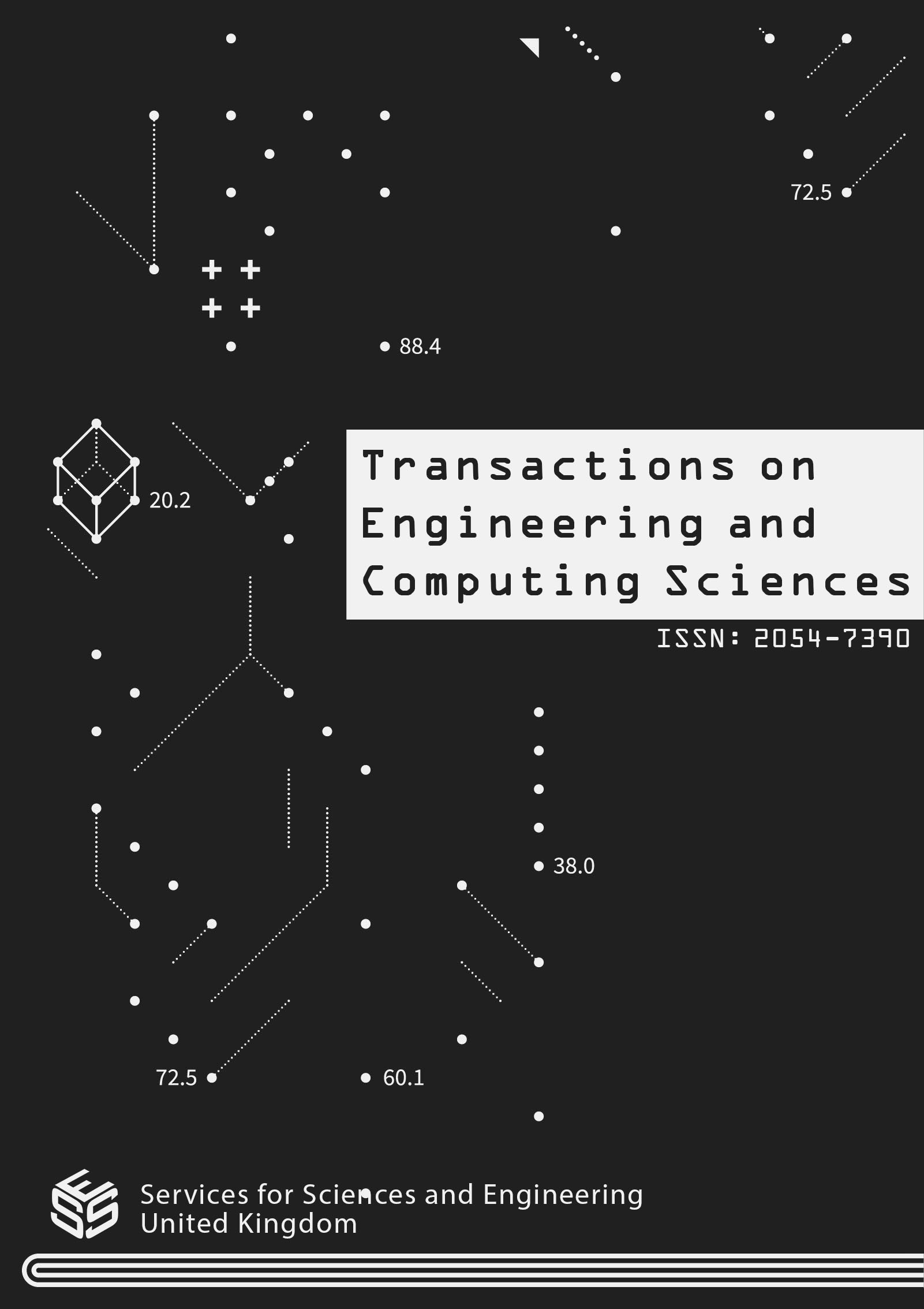Fuzzy Cognitron: An Unsupervised Deep-learning ANN to Identify Local Features in Medical Images via Binary Image Correlation
DOI:
https://doi.org/10.14738/tecs.114.15332Keywords:
Fuzzy deep ANN, Fuzzy cognitron, Fuzzy Langevin-Neelakanta machine, Medical images, Local labeled features, Deep learning, AI, Cross-corrrelationAbstract
A fuzzy cognitron (FC) is proposed to model the big-data framework of deep learning (DL) conceived as a neuromorphic feedforward architecture. Pertinent concept is applied towards uncovering and predicting a labeled set of fuzzy/distorted features present locally in the gross landscape of unlabeled image space. That is, the feature data of images is assumed to exist as comingled sets of clear image space (dubbed as unlabeled details) and fuzzy/distorted image subspaces designated as labeled sections. Relevantly, the underlying learning and prediction endeavors of the test FC refer to processing the gross image features and predict subspaces of relevant labeled data having imprecise boundaries and inherent uncertainty arising from heterogeneous sources. In general, conventional artificial neural networks (ANNs) may not be compatible in elucidating the selective details of such labeled information of the test images with variety in features and posing incompleteness/sparsity of associated information. The underlying big data framework of information domains possessing fuzzy/distorted boundaries are hard to be classified with traditional ANN with veracity or conformity, de facto. Pertinent to such big data ambient of vague details and gray truth, complex computational schemes and methods are largely sparse in the existing literature. As such, conceived here is a novel class of deep ANN approach based on robust fuzzy models towards addressing the aforesaid data-possessing. Hence, the test FC is proposed with an architecture, which conforms to a modified crisp version of cognitron originally due to Fukushima. The associated neural computation is devised to handle the test (analog) image depicted in a binary matrix format; and, a binary image correlation algorithm is pursued to establish the local features of the labeled subspace in the image. A simulation example is presented towards medical image classifications and the operation and efficacy of the proposed FC are outlined. Relevant results are presented and discussed.
Downloads
Published
How to Cite
Issue
Section
License
Copyright (c) 2023 Perambur Neelakanta , Dolores De Groff

This work is licensed under a Creative Commons Attribution 4.0 International License.






